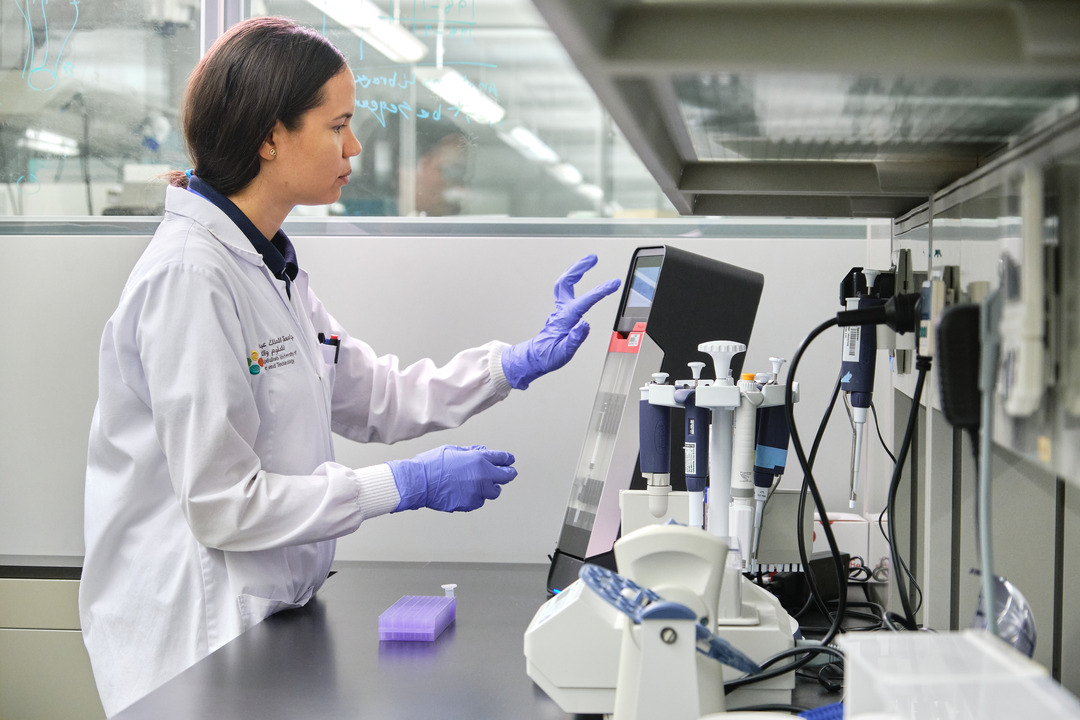KAUST Insights for genetic disease: Mystery diseases solved with RNA screening tool

The availability of whole-genome sequencing has changed the landscape when it comes to diagnosis of genetic diseases, making it possible to diagnose potential disease carriers and leading to improved disease management and provision of preventative services.
But, even with today’s cutting-edge technology, genetic diseases are difficult to diagnose. “Less than 50 percent of diseases can be pinned down to the underlying molecular cause,” says Xin Gao, leader of KAUST’s Computational Bioscience Research Center. “We need to increase awareness and simplify the diagnostic process and the recognition of these diseases.”
Gao’s group is developing novel AI solutions to improve diagnosis of genetic disease. Working with Fowzan Alkuraya, who chairs the department of translational genomics at King Faisal Specialist Hospital and Research Centre (KFSHRC), they are taking genome sequencing a step further to develop an RNA sequencing tool. The collaboration brings together KFSHRC’s wealth of clinical data and long history of research on genetic diseases with KAUST’s strong computational infrastructure and expertise in big data science.
“It’s a natural fit between the two groups,” says Alkuraya, “Our collaboration over the years has been very fruitful.”
“If we are able to take genome sequencing a step further and figure out what’s going on at the RNA level, then that has the potential to improve the diagnostic rate,” he says.
“We are developing a clinical pipeline using RNA to make sense of the variants we see at the DNA level and to classify them as either disease causing or benign,” he adds.

Alkuraya’s group, which has identified hundreds of novel disease-causing genes, provided RNA samples from patients with various recessive diseases that Gao’s team used to generate RNA sequencing data.
“We developed novel algorithms to analyze the data to find the aberrant transcripts and aberrant mutations within it and sent our predictions back to KFSHRC for testing to validate the results,” says Gao.
The team has already solved cases that could not have been solved by DNA alone.
In one case of a young child with brain damage, where whole-genome sequencing had yielded negative results, the RNA-based diagnosis showed a recessive gene mutation that caused this disease and sheds light on future cases with similar symptoms.
“It made a huge difference for the family who were desperate for answers after years of tests failing to identify the cause of their child’s illness,” says Gao.
“Although the diagnosis did not necessarily result in a direct therapy, the family can now better understand the natural history of their child’s disease, and they can be offered preventative services, such as prenatal diagnosis.”
The work contributes to Saudi Arabia’s national research priority of health and wellness, aiming to provide people with better and longer healthy lives by addressing prevailing medical challenges.
“Genomics has tremendous potential to improve people’s health and wellbeing,” says Alkuraya. “Even common diseases, like diabetes and hypertension, will be profiled genomically in the near future.

